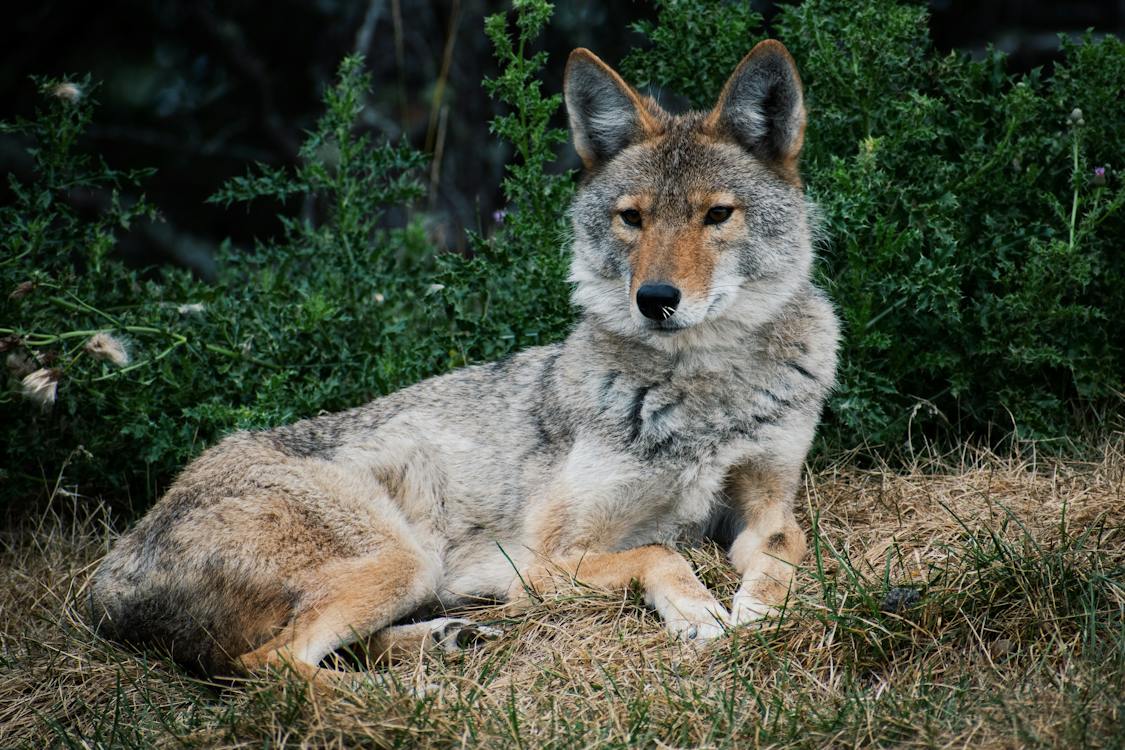Unfamiliar with the intricacies of coyote trapping? Fear not! We’re here to guide you, step by step, to become a pro at it. This rewarding but challenging task requires some knowledge and attention to detail. In this article, we’ll explain crucial points to assist you.
Procuring the Right Trap

One of the cornerstones of successful coyote trapping is ensuring you have an efficient and suitable trap. However, not any trap will do the job. For optimum results, a four coil spring trap, approximately six inches wide, is highly recommended. These traps are not only swift but reduce the likelihood of a coyote escaping.
Whether you are a seasoned trapper with traps on hand or a beginner intending to purchase your first trap, adapting to a four coil spring trap will significantly boost your success.
Legalities and Ethics

It’s crucial to respect and adhere to rules and regulations associated with coyote trapping. They vary from one jurisdiction to another, but common requirements include:
- Inspecting the traps every day
- Using metal traps with rubber or smooth jaws
- Clearly labeling traps with your details
- Avoiding public traffic areas when setting up the trap
Courtesy is also key, and as a trapper, you should always seek permission before placing traps on others’ properties. This doesn’t just maintain good relations but also reduces potential accidents.
Deciding the Ideal Setup Location

After identifying coyote tracks and deciding to initiate trapping, pinpointing the optimal location to place the trap is important. You’ll want to consider specific locations known to attract coyotes.
Livestock Trails
These areas tend to be prime locations for traps, although you’ll want to set up the trap near the trail, not directly on it.
Field Entrances or Tightly Packed Barriers
These are also ideal locations, especially near intersections where coyotes have a tendency to investigate.
Areas to avoid would be near trees and high weeds that could make coyotes apprehensive.
Different Types of Traps

When it comes to coyote trapping, there’s more than one type of trap in your arsenal:
Dirt Hole Trap
This trap is easy to construct and imitates a spot where another animal has buried food. Coupled with a urine scent, it becomes an irresistible lure for wandering coyotes.
Flat Trap
Placing this trap near clumps of grass where a coyote has previously visited increases the chance of a successful capture.
Blind Sets
For those elusive coyotes that are hard to catch, these traps mimic the flat trap’s composition but incorporate a sly element of surprise.
Smart and successful coyote trapping involves absorbing all the available information and making informed decisions. Embrace the learning curve, consult with experts at your local sporting goods store or delve into more resources online. The world of coyote trapping is waiting for you!